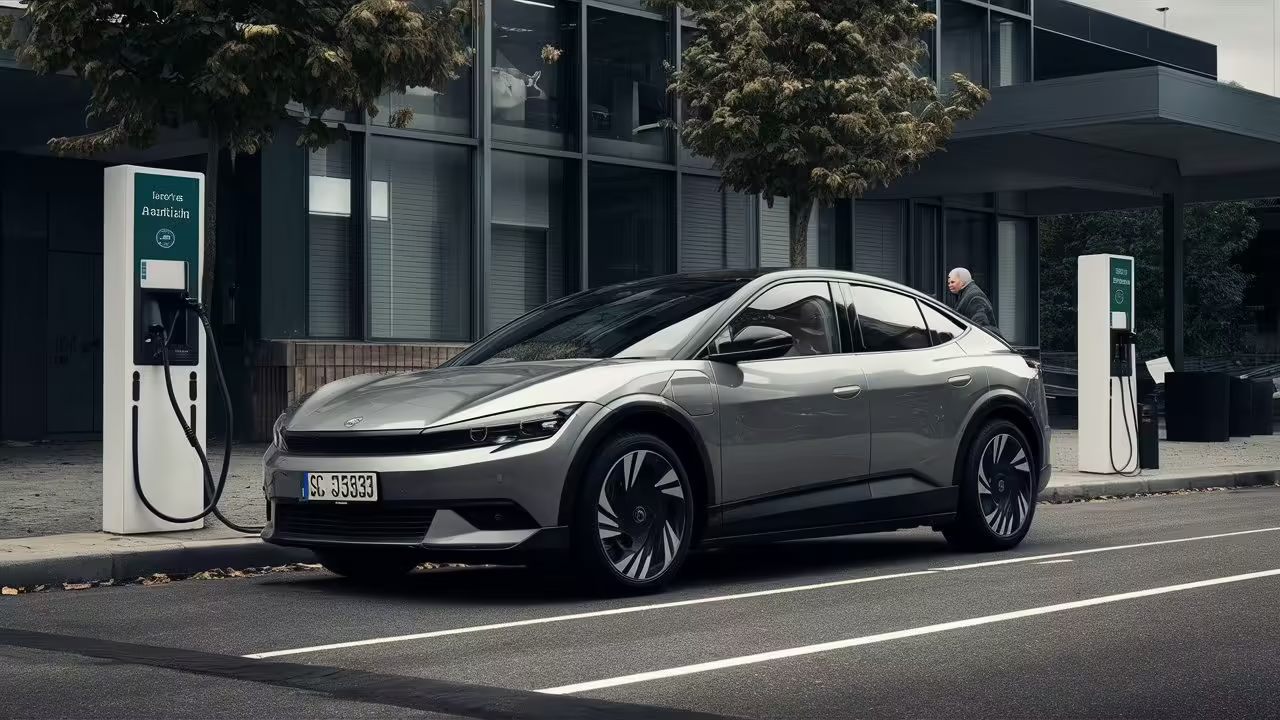Electric vehicles (EVs) are becoming an increasingly attractive option for many consumers due to their potential for long-term savings and positive environmental impact. While the initial purchase price of an EV can be higher compared to traditional internal combustion engine (ICE) vehicles, the overall cost of ownership often proves to be lower over time. Here’s a detailed look at the economics of EV ownership, focusing on long-term savings and investments.
Initial Purchase Price and Incentives
- Higher Upfront Cost: EVs typically have a higher initial purchase price than ICE vehicles. This is primarily due to the cost of the battery, which is one of the most expensive components of an EV.
- Government Incentives: Many governments offer incentives to offset the higher upfront costs of EVs. These can include tax credits, rebates, and grants. For example, the United States offers a federal tax credit of up to $7,500 for qualifying EVs, while countries in Europe and Asia have similar programs.
- State and Local Incentives: In addition to federal incentives, many states and local governments provide additional incentives such as reduced registration fees, free parking, and access to carpool lanes.
Fuel Savings
- Lower Cost of Electricity: Charging an EV is generally cheaper than fueling an ICE vehicle with gasoline or diesel. Electricity prices are more stable and less prone to fluctuations than fossil fuel prices.
- Home Charging: Many EV owners charge their vehicles at home, often taking advantage of lower electricity rates during off-peak hours. Solar panel installations can further reduce or even eliminate electricity costs for charging.
- Public Charging Networks: The growing network of public charging stations offers affordable and sometimes free charging options. Many employers also provide free or subsidized charging for employees.
Maintenance Savings
- Fewer Moving Parts: EVs have fewer moving parts than ICE vehicles, which translates to lower maintenance requirements and costs. They don’t need oil changes, spark plugs, fuel filters, or exhaust systems.
- Regenerative Braking: EVs use regenerative braking, which reduces wear and tear on brake pads and discs, further lowering maintenance costs.
- Battery Longevity: Modern EV batteries are designed to last for many years, often with warranties that cover 8 to 10 years or 100,000 to 150,000 miles. Advances in battery technology continue to improve their durability and lifespan.
Resale Value
- Depreciation: While EVs have historically depreciated faster than ICE vehicles, this trend is changing as demand for used EVs grows and battery technology improves. The resale value of an EV can be significantly influenced by factors such as battery health and the availability of charging infrastructure.
- Market Trends: Increasing environmental awareness and stricter emissions regulations are likely to boost the demand for used EVs, improving their resale value over time.
Environmental and Social Benefits
- Lower Emissions: EVs produce zero tailpipe emissions, contributing to improved air quality and reduced greenhouse gas emissions. This environmental benefit can translate into social savings through better public health and reduced healthcare costs.
- Energy Independence: EVs contribute to energy independence by reducing reliance on imported oil. This has broader economic benefits, including improved national security and economic stability.
Long-Term Investments
- Battery Storage: Advances in battery technology are opening up new opportunities for using EV batteries as energy storage solutions for homes and businesses. This can provide additional revenue streams and cost savings.
- Grid Integration: EVs can be integrated into the smart grid, providing services such as load balancing and demand response. This not only supports grid stability but also offers financial incentives for EV owners.
Conclusion
The economics of EV ownership offer compelling long-term savings and investment opportunities. Despite the higher initial purchase price, lower fuel and maintenance costs, combined with government incentives and environmental benefits, make EVs an attractive option for many consumers. As technology continues to evolve and the charging infrastructure expands, the financial and social advantages of owning an EV are likely to become even more pronounced.
